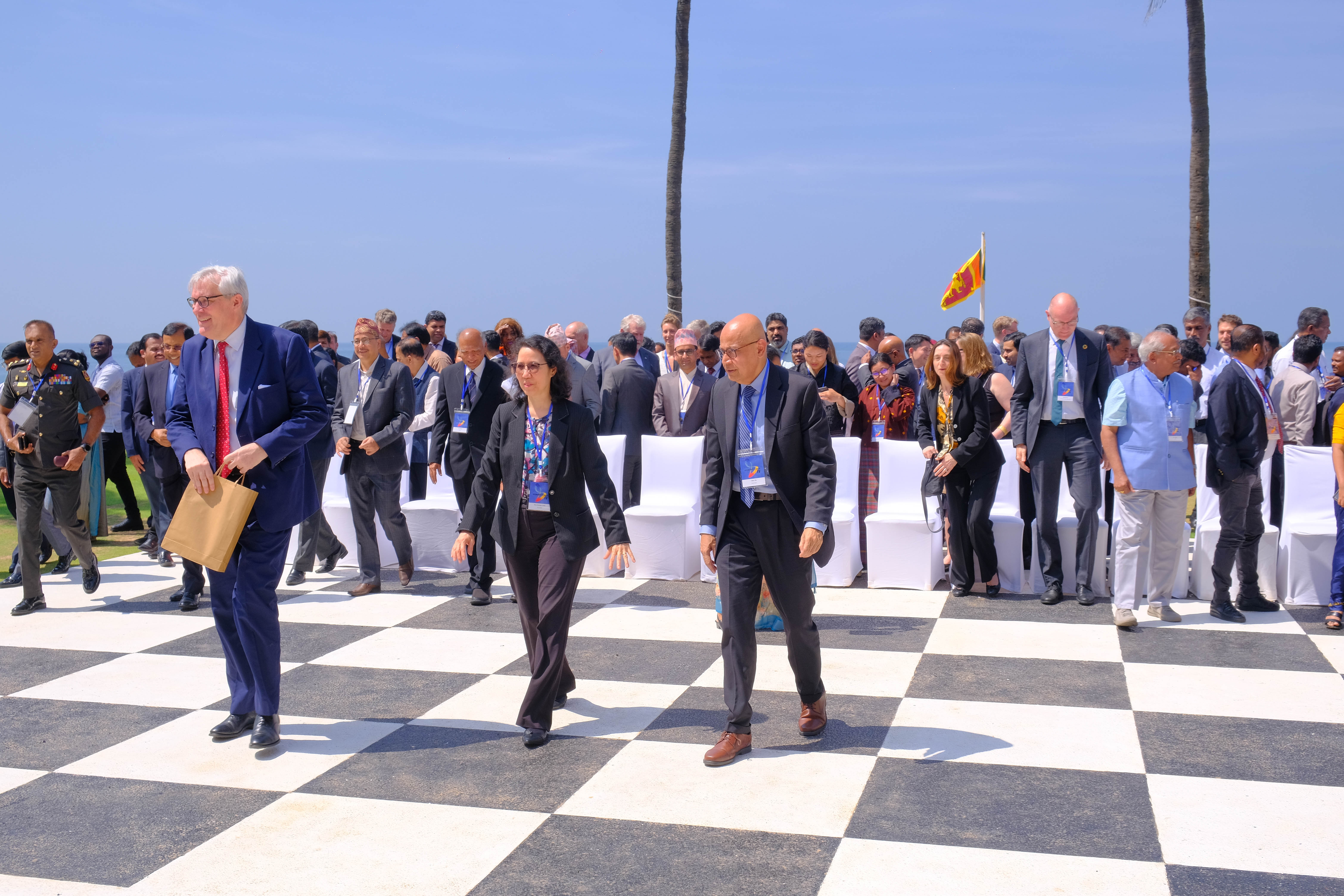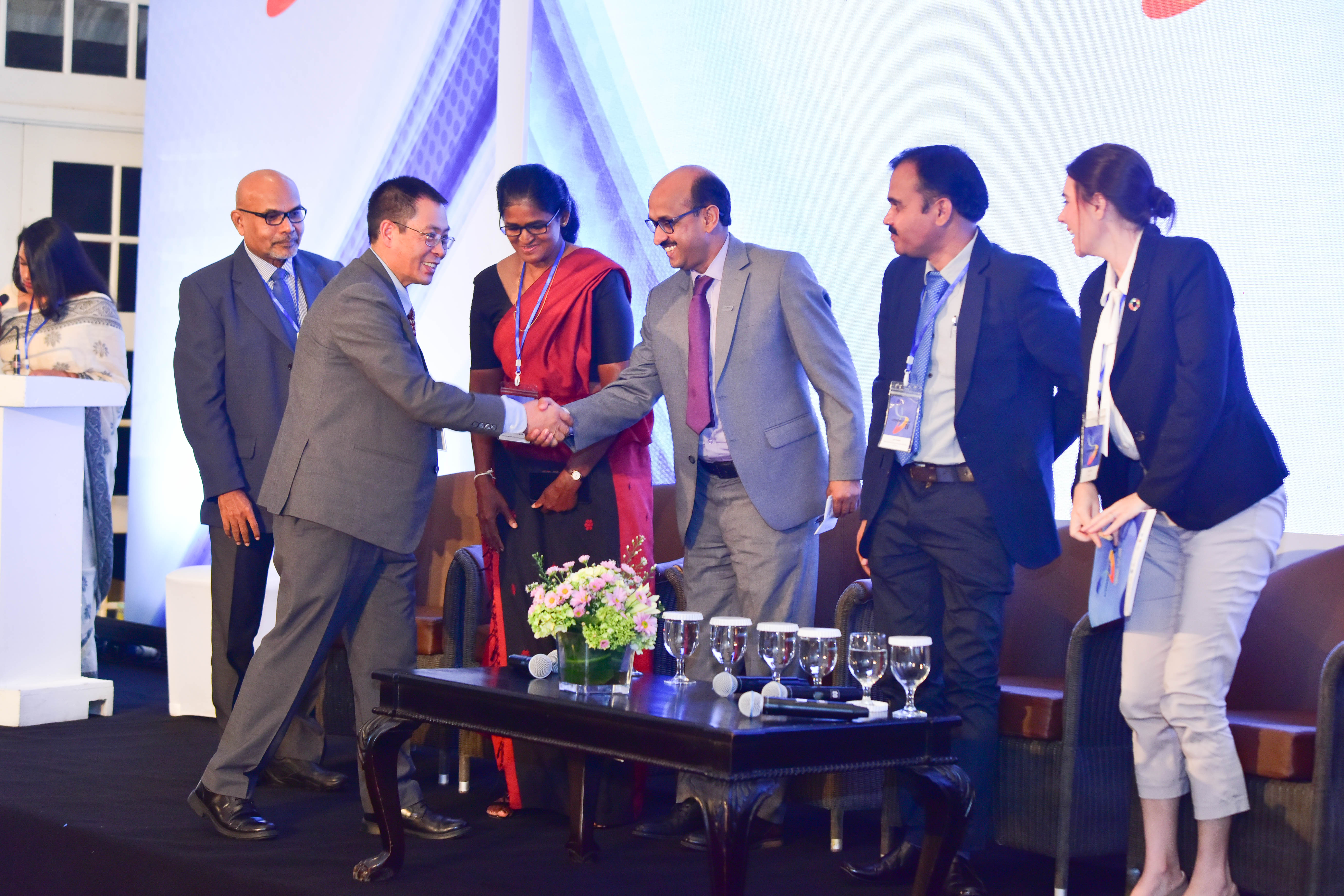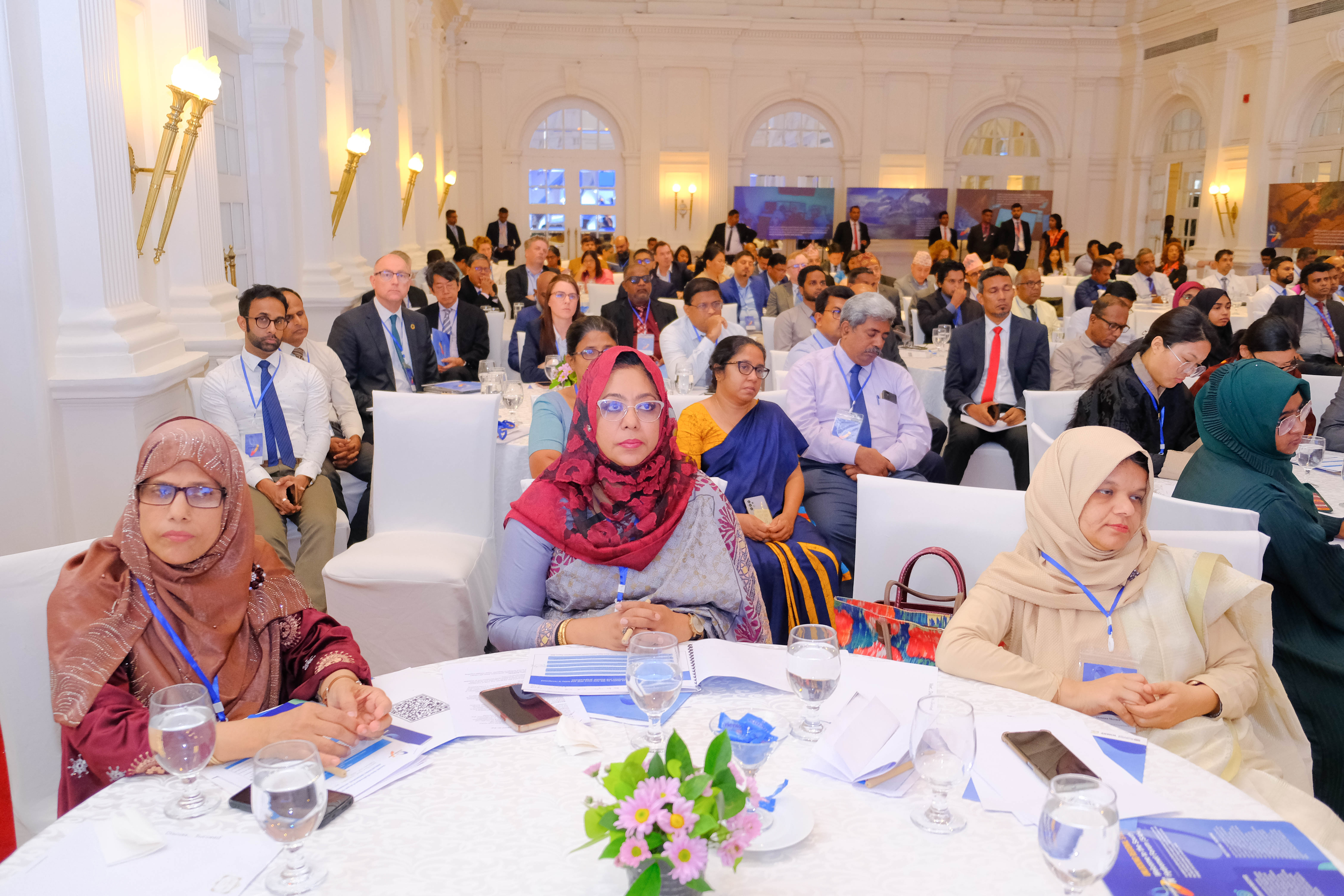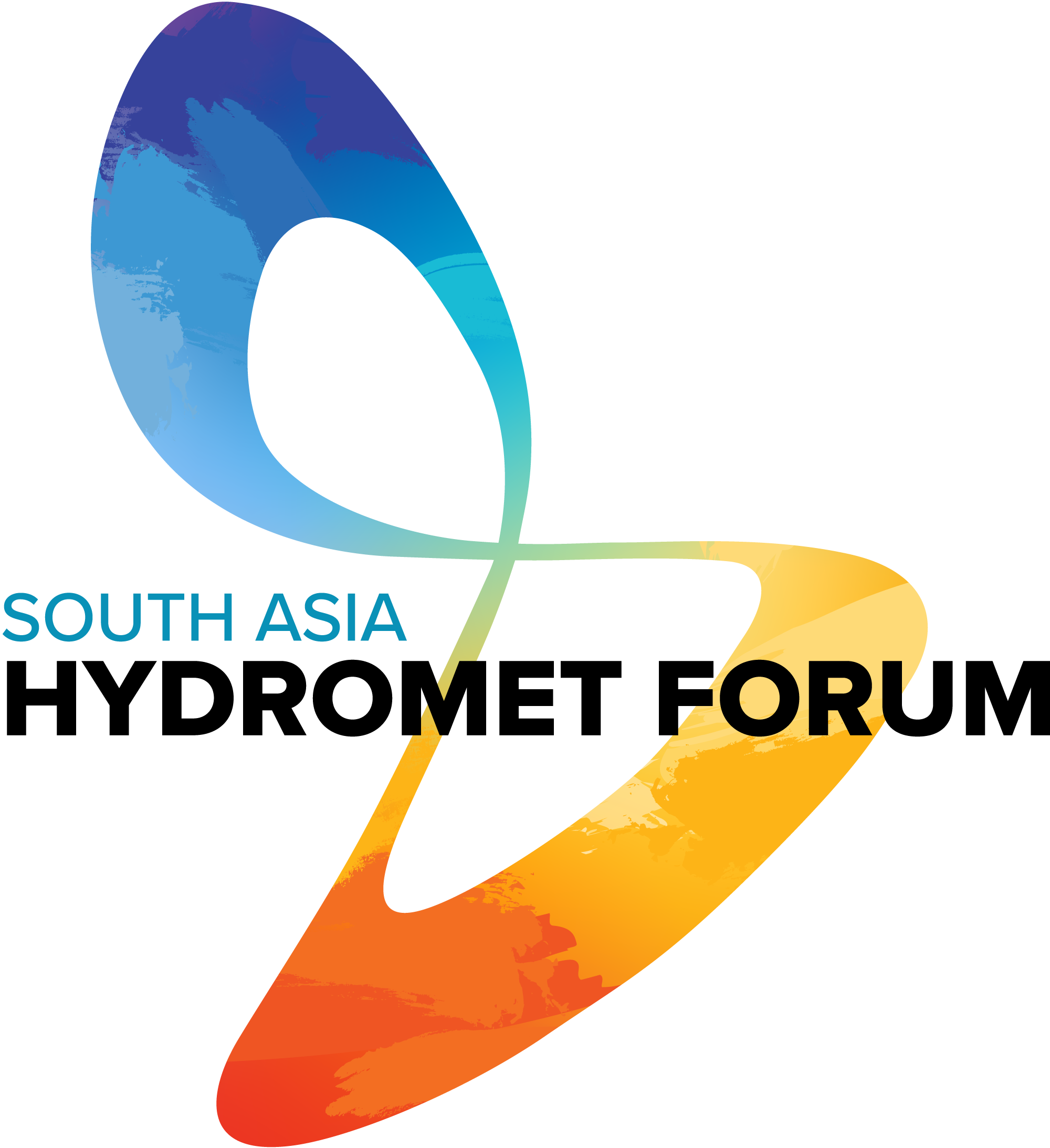Background
South Asia is prone to a range of hydromet hazards, and Bangladesh, Nepal, and Pakistan are in the top 10 vulnerable countries to climate change2. Between 1990 and 2022, a total of 1,210 meteorological, hydrological, climatological disasters were reported in the region, cumulatively affecting over 1.8 billion people in the nine countries—Afghanistan, Bangladesh, Bhutan, India, Maldives, Myanmar, Nepal, Pakistan, and Sri Lanka—and leading to over 420 thousand deaths. The economic damages from the disasters are estimated to be close to US$ 250 billion3. The changing climate could sharply diminish living conditions for up to 800 million people in a region that already has some of the world’s poorest and most vulnerable populations. Importantly, climate change related losses in GDP per capita are projected to be higher than the global average by up to seven percent 4. Meteorological and hydrological information is required on all time scales, from the immediate impact of a weather event causing floods, landslides or coastal inundation, to adaptation planning with the purpose to mitigate the threat of climate change on society and to maximize productivity of climate sensitive sectors and ultimately create socio-economic benefits.


South Asian (SA) countries are varied in their capacities and access to quality early warning and hydromet services. As different countries make efforts to modernize their systems and transition towards delivery of user-oriented hydro-meteorological and early warning services, often with support from the World Bank or other partners, they face many technical, capacity, sustainability and other challenges which are common across the region. There is a clear understanding of the potential of regional collaboration in this context, not only to manage difficulties in operationalizing technologically complex systems and strengthen capacities while also enhancing service quality, but also to maximize South Asia’s capability to become a region of excellence. A recent economic analysis indicates that in Bangladesh $1 invested in Hydromet at the country level yields $8.7 in benefits while with regional collaboration, the same $1 yields $10.8 in benefits.
The World Bank has been investing in the modernization of hydromet service delivery in several countries including Bhutan, Bangladesh, India, Nepal, Pakistan and Sri Lanka5. Recognizing common issues when supporting each of these countries separately and the opportunity for complementary regional strengthening, the Bank along with partners supported the establishment of the South Asia Hydromet Forum as a platform for regional collaboration, capacity and knowledge exchange.

The South Asia Hydromet Forum and its achievements to date
The inaugural event of the South Asia Hydromet Forum (SAHF I) in October 2018 in Geneva, Switzerland was organized by The World Bank, in partnership with the World Meteorological Organization (WMO). The Forum facilitated a dialogue with SA countries on ways to build on linkages and common interests and expressed firm commitment to promoting regional collaboration. It laid out priority actions for regional collaboration towards addressing implementation challenges of hydromet and service delivery modernization efforts.
To anchor SAHF institutionally, the SAHF Executive Council (EC) was formed, composed of the heads of the NMHSs of eight SA countries. The SAHF EC is the decision-making body of SAHF supporting the development of strategic plans and plays a leadership role in steering the implementation of the SAHF program. Technical working groups have been established with representatives from all member countries to advance the dialogue on four priority topics, namely observation networks, numerical weather prediction, impact-based forecasting, and capacity enhancement. The Regional Integrated Multi-Hazard Early Warning System (RIMES) serves as the Secretariat and also provides technical inputs to SAHF. Key outcomes of regional collaboration under SAHF fall into three major categories:
Strengthened regional dialogue
To date, three SAHF events have been held to facilitate technical exchange, introduce innovative aspects of hydromet service provision, and discuss opportunities for collaboration, each of which had over 200 participants from all SA countries and key technical and institutional partners. SAHF conferences have been milestones to deepen collaboration: SAHF II was held in Nepal in 2019 and laid the groundwork for regional cooperation through the identification of the four regional collaboration priorities. SAHF III took place virtually in 2021 and expanded on the vision to strengthen key elements of the hydromet services value chain through the development of collective solutions to the meteorological and hydrological service delivery challenges in the region. Collaboration between the member countries has been further enhanced through the SAHF Executive Council meetings and the regular conversations about priority topics in each of the four technical working groups. Bilateral and sub-regional knowledge visits have also supported the dialogue and exchange.
Knowledge sharing and strengthening of capacities
Over 80 weekly forecasters fora (FF) with an average 18 participants have been held since February 2022 in which hydrometeorological patterns and oceanic conditions in the region are discussed, with a focus on extreme weather phenomena. This has resulted in a very successful, continuous exchange of knowledge between forecasters to better understand regional conditions in relation to the situation at national level as well as the applicability of different models and products. In addition, three regional training sessions on impact-based forecasting, attended by 125 participants, were carried out, and two joint learning visits involving Bangladesh, India and Sri Lanka were held to exchange experiences on priority topics, and to identify opportunities for deeper bi-lateral and multilateral collaboration.
Platform for data and information exchange
The SAHF Knowledge Hub (SAHF KH)
The SAHF KH facilitates seamless collaboration and exchange across SAHF members by hosting relevant knowledge products and by facilitating data sharing through the Data Exchange Platform (DataEx). The establishment of DataEx has marked a significant milestone for regional collaboration as it allows countries to share real-time meteorological data from nearly 3,000 weather stations with further capability to expand towards other types of sensors and data, provides access to weather forecasts from a series of global and regional providers, and includes a visualization platform to facilitate data usage from forecasters in SAR. The KH is also a repository of knowledge products, event recordings, and other information in the region.
SAHF - Fourth Event
SAHF has made significant progress in strengthening collaboration and coordination for hydromet and early warning services in South Asia over the past few years, creating the required institutional and governance arrangements (SAHF), technological infrastructure (SAHF KH and especially DataEx), and coordination and collaboration mechanisms between the countries (technical working groups, forecasters fora, regional trainings etc.).
SAHF IV aims to define a path towards deepening collaboration and increasing regional synergies and economies-of -scale for improved services for greater socioeconomic benefits in the region.
Forum discussions will focus on four key topics:
- Forging a shared vision for building a regional observation network for more efficient weather, water and climate services: This session will explore mechanisms that can be applied to sustain and make most efficient use of the existing observations as a region, to achieve high-resolution spatial and temporal observation.
- Towards Regional Prediction and Analytics: This session will explore requirements, resources, products, models, and coordination mechanisms that can support the strengthening of regional forecasting, analytics and scenario planning including emerging new technologies.
- Empowering Communities to make informed decisions: This session will facilitate an exchange and discussion on digital solutions and last-mile communication needed to enable people to take anticipatory action, and how the region can jointly progress towards action for climate resilience.
- Fostering regional collaboration to strengthen the service delivery and impact on public welfare: This session will discuss opportunities to jointly enhance impact-based forecasting in the region for specific applications such as agriculture, mountain weather, drought and marine services, with a focus on user needs and including key stakeholders for co-production and co-delivery of services.
Participants and Partners
The SAHF conference brings together representatives from National Meteorological and Hydrological Services, Disaster Management Agencies, Agriculture Ministries and Finance/Planning Ministries, as well as regional and global technical and research institutions, development agencies, academia and the private sector.
This conference is a collaborative effort between the World Bank (WB), the United Kingdom Met Office (UK MET), the Regional Integrated Multi-hazard and Early Warning System (RIMES) and the World Meteorological Organization (WMO) with financing from the UK Foreign, Commonwealth and Development Office (FCDO). The Government of Sri Lanka is hosting this significant event.
